Artist Pia Camil (Photo by Sukilynn)
Where Mexican street vendors, hundreds of used T-shirts, and commercialism collide: Dallas Contemporary’s senior curator and director of exhibitions Justine Ludwig goes inside the unifying world of artist Pia Camil.
Pia Camil’s studio occupies a former cabaret in Mexico City. The windowless room, painted and tiled in muted shades of green and terra cotta, is cut off from the busy roadways that surround it.
In her studio, Camil experiments with diverse media ranging from mass-produced slat paneling to ceramics, discarded fabrics, and secondhand T-shirts. She has a keen eye and sharp wit, which she uses to explore the societal constructs that define quotidian existence.
Inspiration comes from her surroundings. In the case of the work on view at Dallas Contemporary, it is the streets and shops of her hometown, Mexico City.
Titled “Bara, Bara, Bara,” the exhibition pays homage to the rhythmic cry of street vendors. Short for the Spanish word barato (cheap), the calls draw attention to the vendors’ wide variety of low-cost goods available for sale.
Camil’s massive, site-specific installation Divisor Pirata is comprised of T-shirts acquired from the street markets of Iztapalapa in Mexico City. (As a whole, “Bara, Bara, Bara” was built to resemble the handmade canopies of the markets where said shirts were purchased.)
The artist deconstructs the shirts individually and sews them together, creating vast stretches of fabric. Each shirt makes its own declaration, while serving as a component for a larger whole.
Originally produced in Latin America, the shirts employed by Camil were first sold to retailers and organizations in the United States before illicitly landing in the bargain markets of Mexico.
Camil furthers the shirts’ transit by bringing them back to the States — this time displaying them as art. In doing so, she brings attention to contemporary trade routes and the permeability of borders.
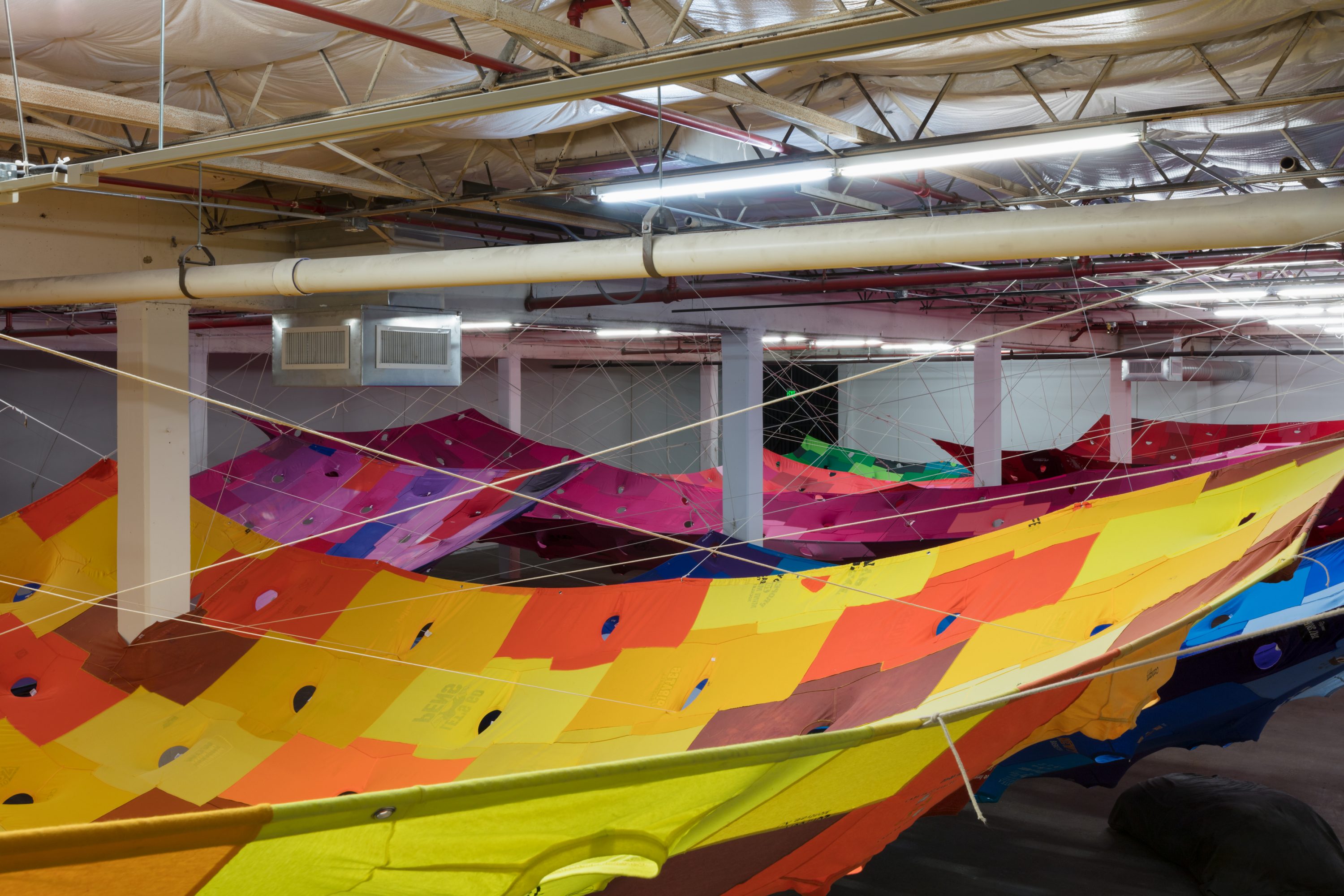
There is humor in the diversity of companies, causes, and television shows represented on each brightly colored T-shirt awning — Baby Dolls Dallas/Fort Worth strip club, Dunkin’ Donuts Coolatas, Arrested Development, Duck Dynasty — which is furthered when the public plays with the piece, lounging beneath it and sticking their heads through openings in the fabric.
Much like the markets it reflects, Divisor Pirata is a public space of continual communal interaction.
Divisor Pirata draws inspiration from Lygia Pape’s seminal 1968 performance Divisor, in which community members of Rio de Janeiro walked together through the city, connected by an enormous piece of white fabric, with each participant’s head poking through. It was a poignant illustration of the tension between individual identities and the collective.
In turn, Camil’s Divisor Pirata was first activated at the Nuevo Museo de Arte Contemporáneo (NuMu) in Guatemala City — the country’s only contemporary art museum. The large stretch of interconnected T-shirts covered the egg-shaped exterior of the NuMu.
On December 14, 2016, the fabric was taken off the building and — much like Pape’s Divisor — a wide range of people stuck their heads through the various T-shirt openings and walked in unison through the streets of Guatemala City.
Last month, the same invitation to walk in Camil’s work was extended to Dallasites during a collaborative event with Soluna, the Dallas Symphony Orchestra’s arts and music festival. One of Camil’s massive tarps was de-installed from Dallas Contemporary, and participants walked as one through the Dallas Design District.
Pia Camil’s “Bara, Bara, Bara,” on view through August 20 at Dallas Contemporary, 161 Glass St., 214.821.2522.


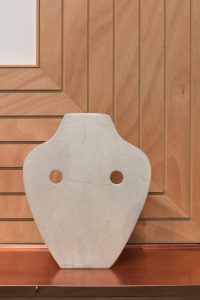
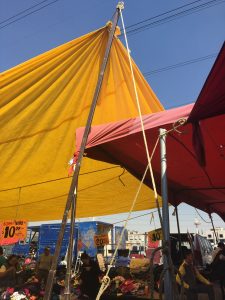
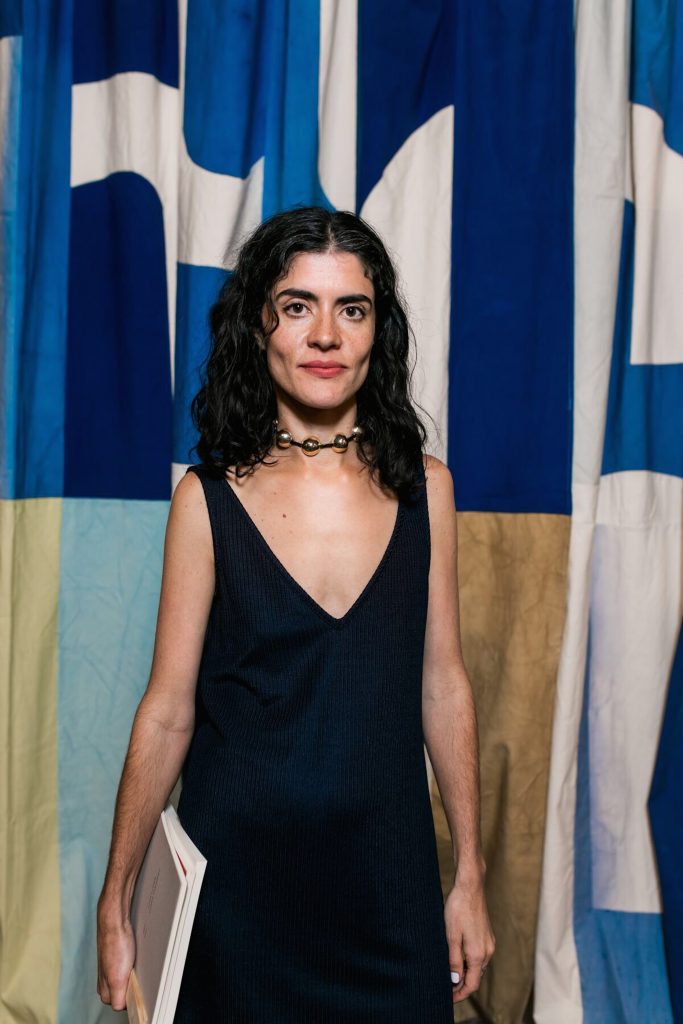

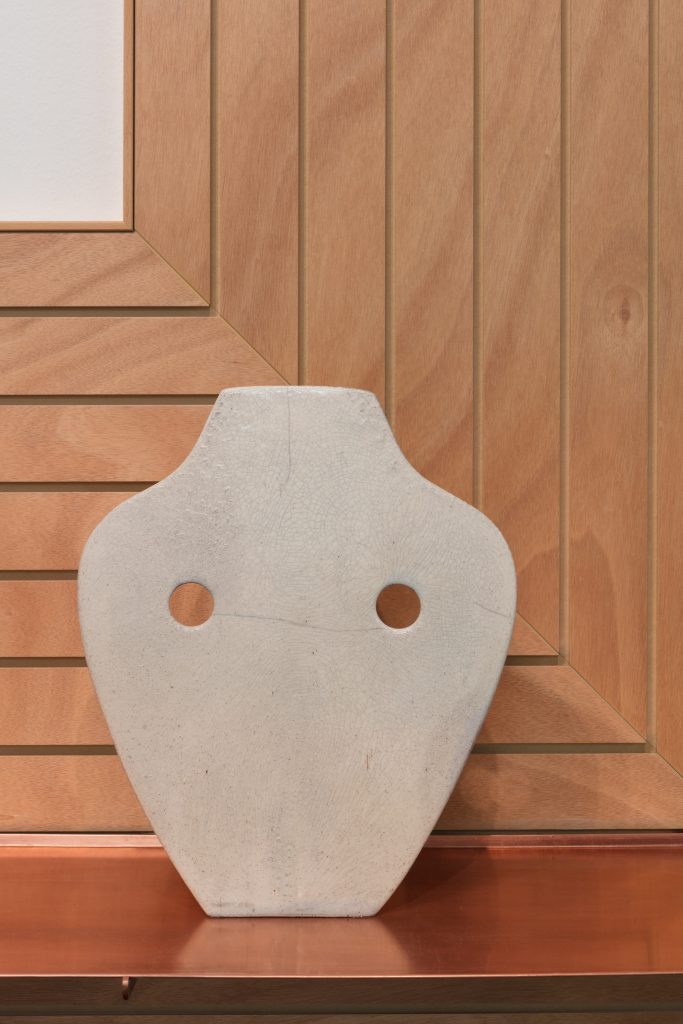





















_md.jpeg)







